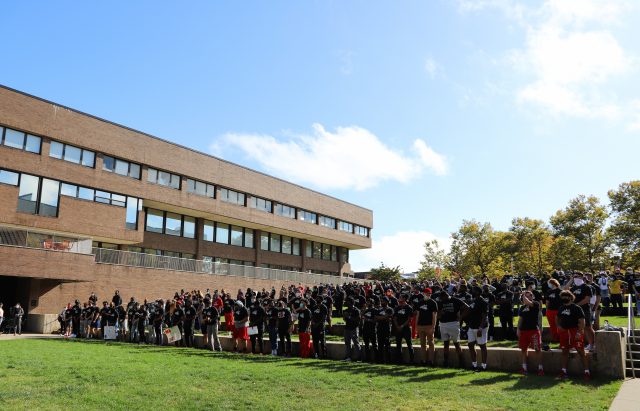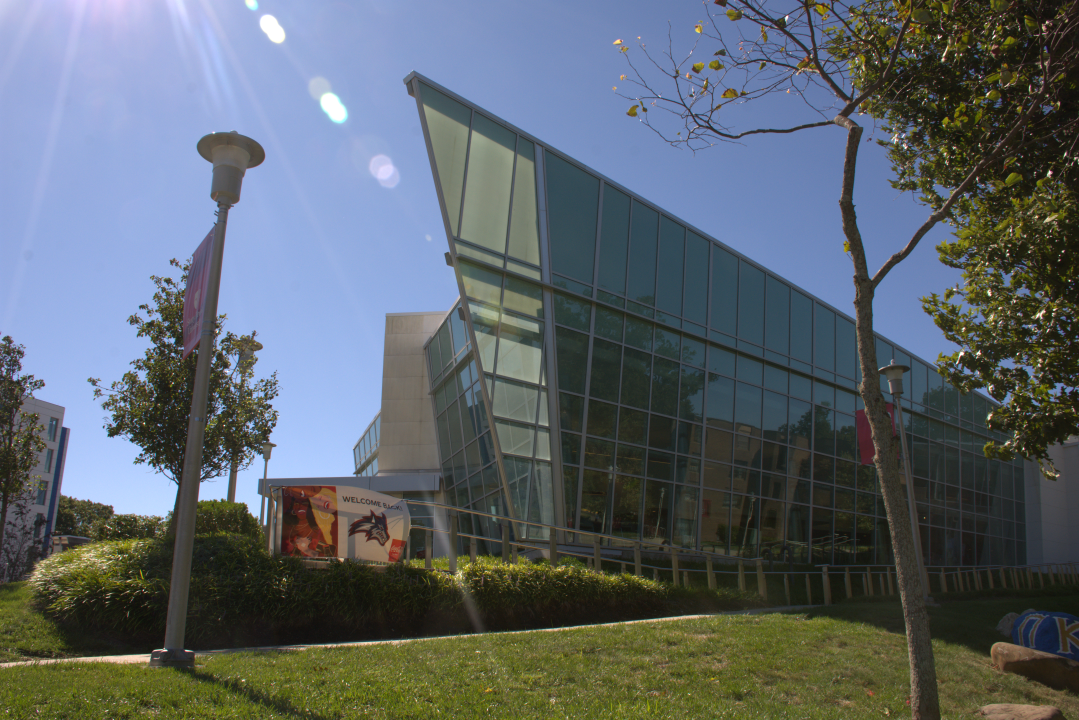
A panel of Stony Brook experts debated the future of controversial U.S. monuments in a webinar on Oct. 28.
The presentation, “How Do We Decide? Monuments in the Era of Black Lives Matter,” is another part of a nationwide discussion over the place of monuments celebrating historical figures. From the 2016 clashes in Charlottesville to the continued rise of the Black Lives Matter movement’s prominence, memorialization has become a daily headline.
“[The event] addressed the role of monuments in our national identity and striking a balance between tearing monuments down and leaving them up. It was interesting, engaging, and, at times, necessarily uncomfortable,” Robert J. deBrauwere, the president of the Stony Brook University Alumni Association, said.
Hosted by the Stony Brook Alumni Association and moderated by history professor Eric Zolov, the panel featured faculty from multiple social science departments.
From points made on America’s history to its current moral standing, the participants took turns explaining their views. The event had about 80 viewers, according to Zolov.
“We found that there are no easy answers to the central question, ‘How do we decide?’, but discussing the fraught issues involved is essential to the democratic process itself,” Zolov said.
An associate professor of Africana studies and one of the panelists, Zebulon Miletsky, explained that these monuments were not built as long ago as many people think.
“They weren’t built in the 1860s, but in the 1960s, in the heart of the Civil Rights Movement,” Miletsky said.
Since Memorial Day, there have been 30 different Confederate-related monuments taken down; over 80 have been removed since the Charleston Church Shooting in 2015.
Even on Stony Brook University’s own campus, there have been calls to rename LaValle Stadium and Sanger College based on the figures’ backgrounds.
Despite the agreement that the U.S.’ problematic past was worth acknowledging, opinions on how that should affect the standings of current monuments was a contested area, especially when discussing monuments that depict America’s founders.
“We’re in a bubble: a liberal, educated community,” panelist and political science professor Peter Salins said. “Even if millennials got complete control and enforced complete woke-ness, it wouldn’t acknowledge the rest of what America thinks.”
Even other panelists, like Robert Chase, an associate professor of history, who was quick to mention America’s wrongdoings, admitted that making the equivalency between the Founding Fathers and Confederate generals was difficult.
“Any monument in the United States is an opportunity to discuss the history of America, which is one of removal, slavery, and racism,” Chase said. “There’s value in that. But there’s a bit of a false equivalency between generals of the Confederacy and the founding fathers.”
In an interview with The Statesman, Chase explained that the difficulty of discussing monuments lies within history’s “multiplicity of narratives.”
“Monuments do not tell history,” Chase said. “They signal civic celebration of certain principles, values, beliefs, and ideologies. They present national and civic mythology, more than history,”
Throughout the event, generational differences and America’s “universal paradigm” were at the center of discussion.
“These efforts are led by millennials, ones that have strong feelings on even the Lincoln Monument,” Miletsky explained. “Movements don’t ask for permission. We may find them inconvenient, but they’re not asking for permission to make it. We either need to get on the side of change or we’re on the side of apologists.”
Associate professor of history, April Masten, who is teaching History 265: “The Civil War and Reconstruction,” described the event as “lively and thought provoking.”
“People worry that tearing down monuments means changing history,” Masten said. “But history can’t be changed, just how we memorialize it,”
Matsen encouraged her students to write responses reflecting on the event. The Statesman was given permission to view some responses with the consent of the students.
Sophomore secondary education and history major, Jared Cicero, said that despite these monuments serving as a reminder of the nation’s problematic history, they can also be a pleasant reminder of where the country is now.
“We as a people should also take a step back and see just how far we have progressed since then, we’ve come quite a long way,” Cicero said.
Sophomore psychology major, Tyvon Hall, said that Americans collectively need to take some blame for allowing a divisive political and social climate to be reached.
“The past we cannot fix, but the future is what we can change,” Hall said.
Associate professor of history Donna Rilling said that future issues can be avoided by creating monuments based on ideals rather than people.
“I don’t know where to draw the line. This is one reason I like monuments being on ideals; individuals are flawed,” Rilling said. “The best thing to do is to have these conversations on universal ideals.”
To deBrauwere, the discussion on monuments was a necessary one.
“This event is a perfect example of how we can generate compelling and impactful outreach and engagement to benefit our alumni community,” deBrauwere said.
















